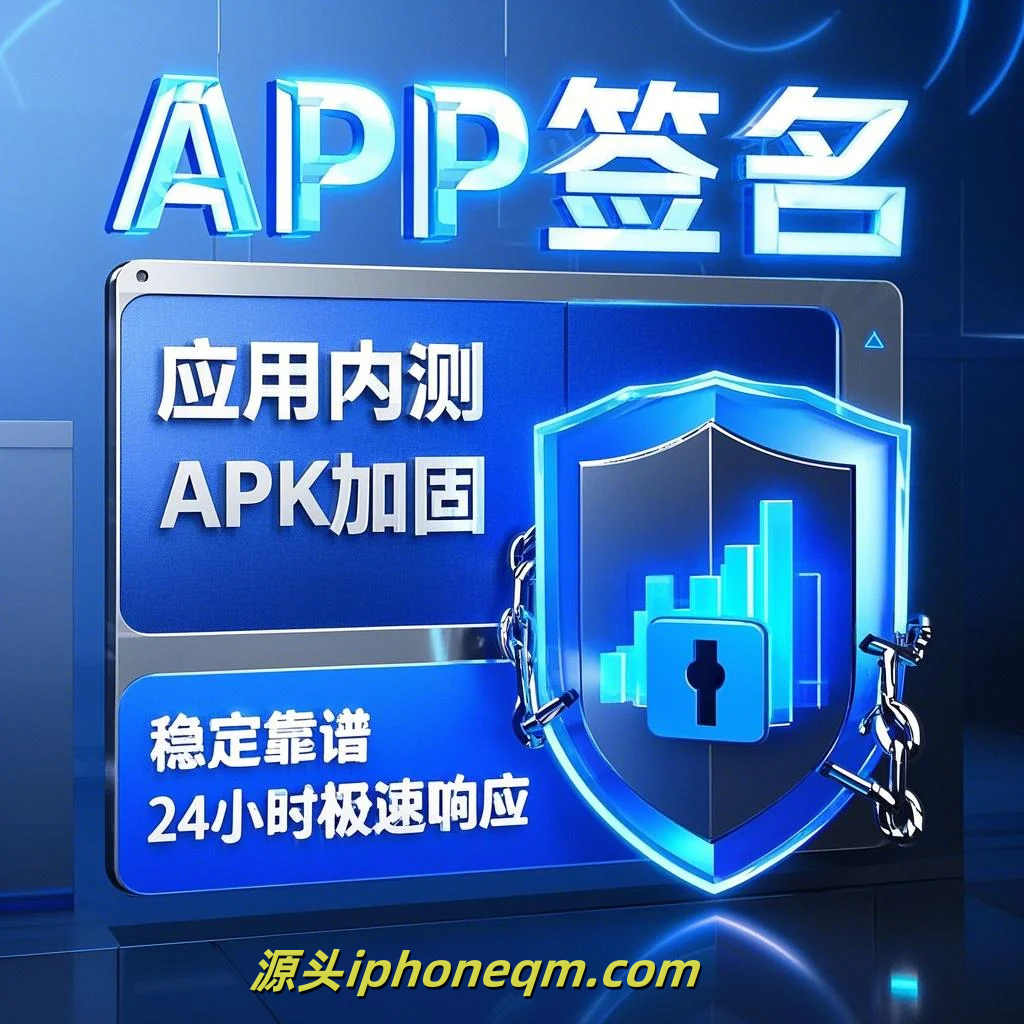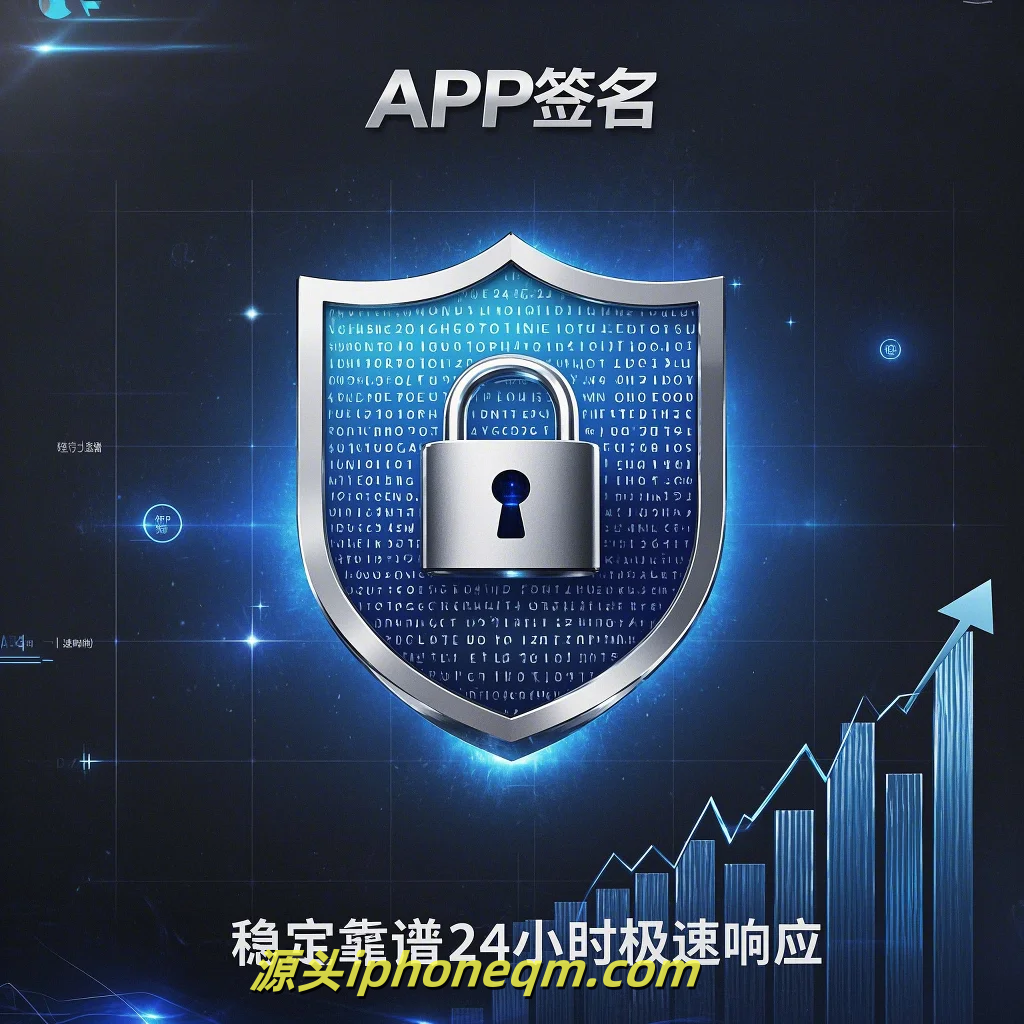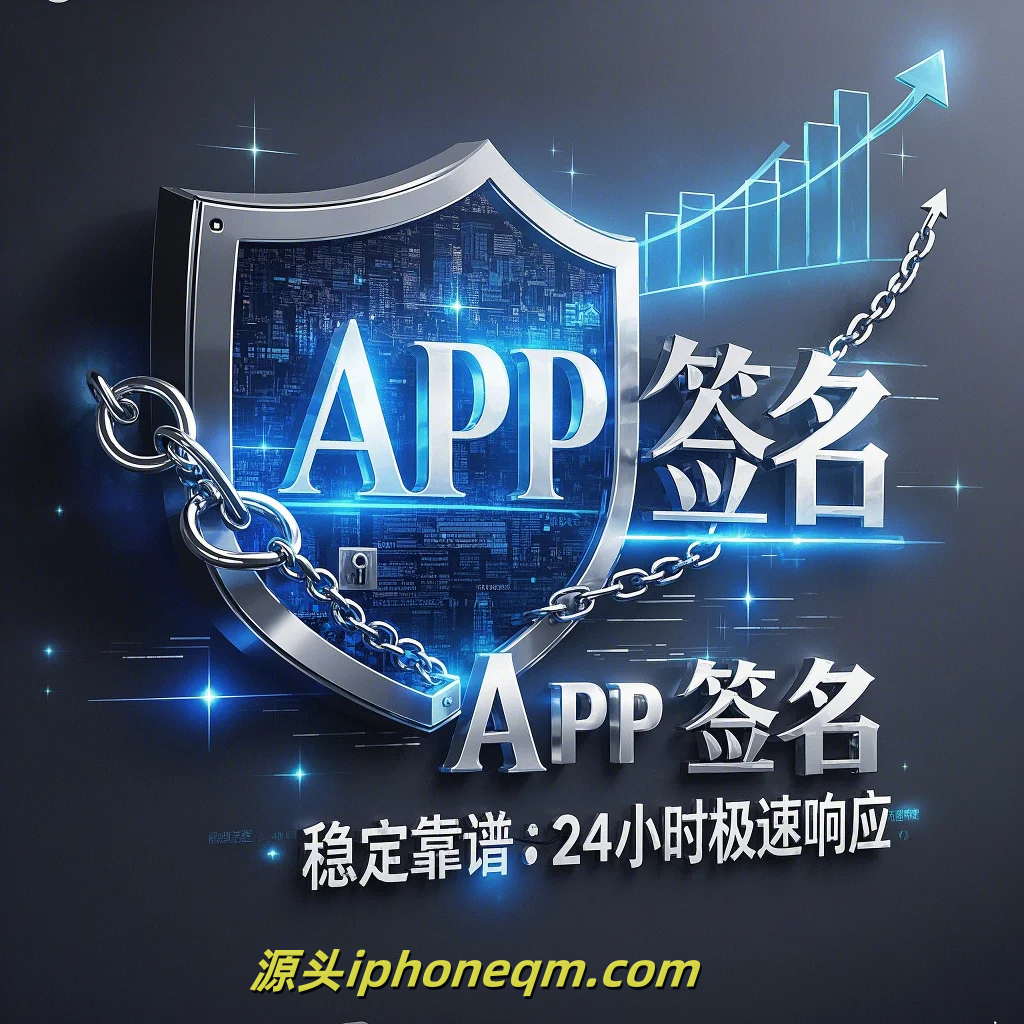Essential Tools for iOS Apple Signatures
In today's digital age, the demand for seamless authentication solutions has skyrocketed, especially within mobile applications. One of the most utilized systems for authentication on iOS devices is Apple's Sign In with Apple feature. This feature simplifies the login process while enhancing data privacy for users. In this article, we will delve into the essential tools for integrating Apple Signatures into your iOS applications and explore best practices for developers and users alike.
First and foremost, understanding the Sign In with Apple framework is crucial. Apple provides a robust API that developers can utilize to implement this feature effortlessly. To begin integration, you will need an Apple Developer account. Ensure your app is registered in the App Store Connect and that you have enabled Sign In with Apple in your app's settings. This can be done by navigating to the Identifiers section and checking the box for "Sign In with Apple."
Next, to incorporate the necessary libraries, developers should utilize the AuthenticationServices framework. This framework allows developers to create a user interface for opening the sign-in process. When a user taps on the "Sign in with Apple" button, your app will interact with the framework to initiate the authentication flow. Apple provides a default button design that is visually appealing and adheres to Apple’s Human Interface Guidelines, making it easy to maintain consistency with the platform.
Once the integration is set up, developers must handle the authentication process securely. This involves properly managing the returned credentials. The result of the sign-in process includes a unique user identifier, an email address (if the user chooses to disclose it), and an authorization code. Properly storing and handling these credentials is vital to ensure user privacy and security. Consider using Keychain Services for safe storage of sensitive information.
Furthermore, it’s essential to establish a clear and user-friendly experience. Inform users about how their data will be used and what benefits they’ll gain from signing in with Apple. Emphasize the privacy aspect, as Apple enables users to hide their actual email addresses while allowing communication through a private relay. This not only minimizes the risk of spam but also fosters trust between users and developers.
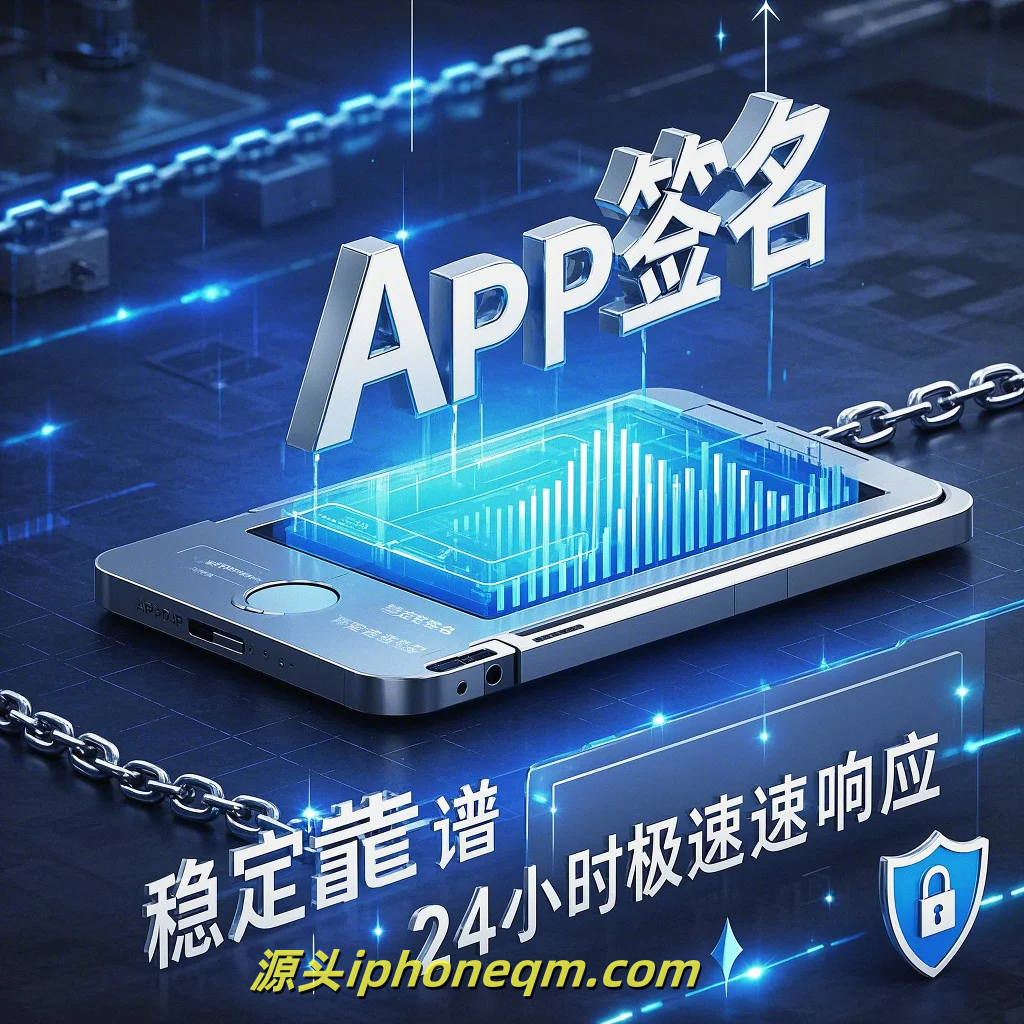
Moreover, testing is a key element in ensuring that the Sign In with Apple feature works flawlessly. Be sure to test across various iOS devices and scenarios to cover different user interactions. Identifying potential issues early in the development process can save time and enhance the overall user experience.
In addition to these technical tools and practices, developers should also consider providing a fallback option for users who may not want to use Sign in with Apple. Offering traditional email/password sign-up methods alongside Apple's authentication can broaden accessibility and accommodate varying user preferences.
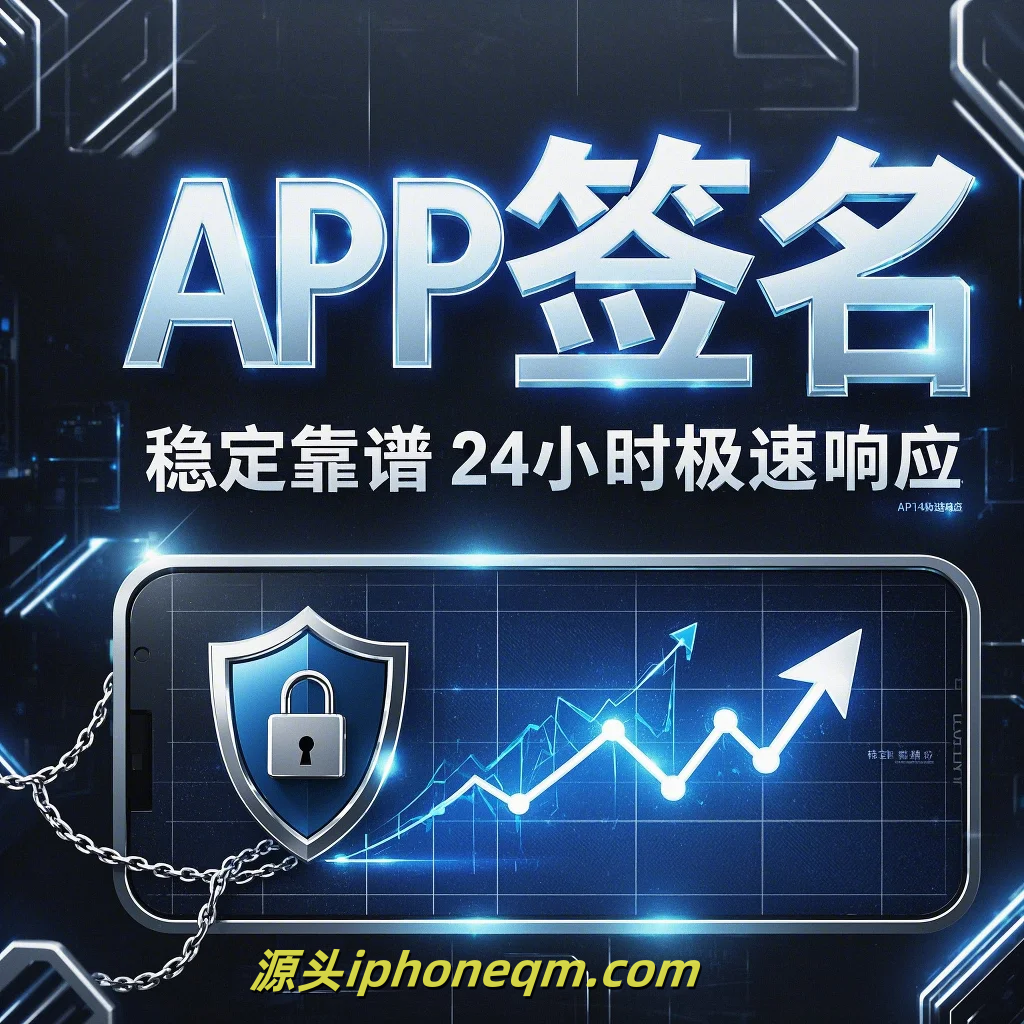
Lastly, keeping abreast of Apple’s updates and guidelines is vital. Apple continually refines its frameworks and policies, and being informed about these changes can lead to better integration and compliance with their standards.
In conclusion, integrating Sign In with Apple in your iOS application is a strategic move that enhances user experience and security. By utilizing essential tools like the AuthenticationServices framework, embracing best practices for user data management, and adopting a user-centric approach, developers can create a seamless and secure authentication experience. As this feature continues to evolve, staying proactive in adapting to new developments will be key to leveraging its full potential in your applications. With the right approach, you can effectively harness the power of Apple Signatures and build trust with your user base.
扫描二维码推送至手机访问。
版权声明:本文由MDM苹果签名,IPA签名,苹果企业签名,苹果超级签,ios企业签名,iphoneqm.com发布,如需转载请注明出处。

